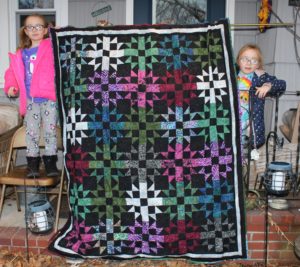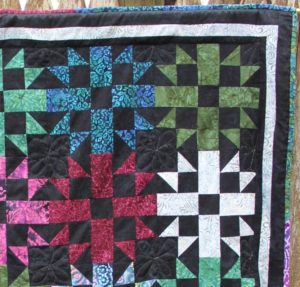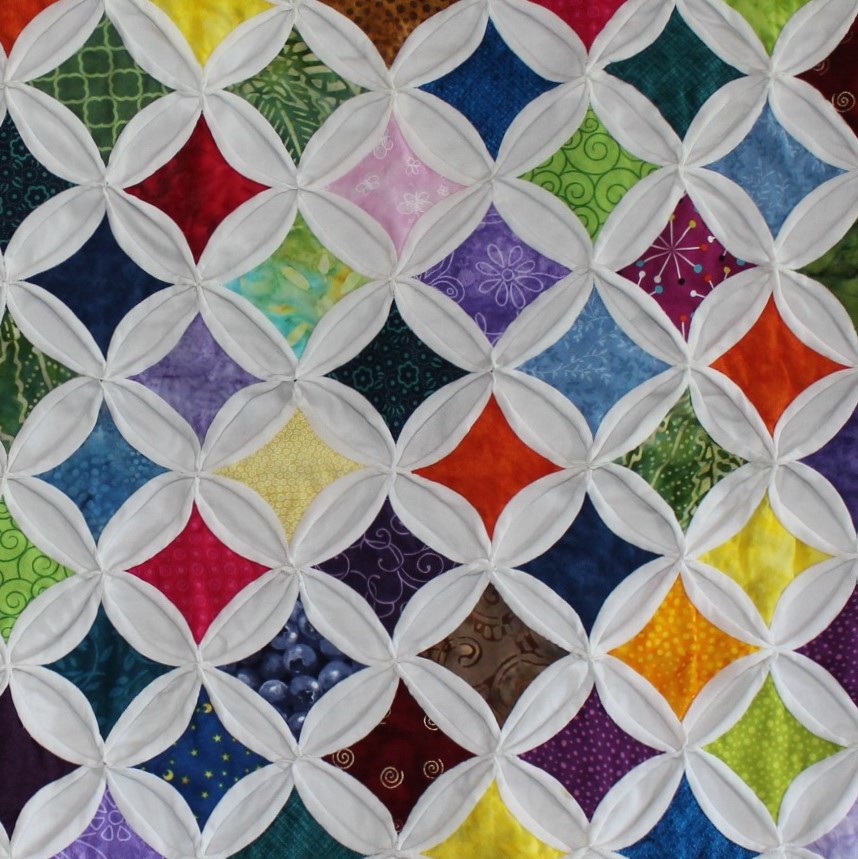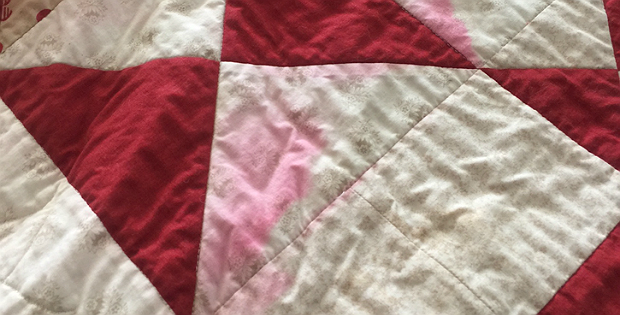
To WASH or NOT WASH – that’s the BIG question!
For all you crafters, makers and doers out there who have experienced some “bleeding” issues in your finished projects, this information may prove to be very helpful for you!
Yup, you were excited about a new project idea – went out to purchase fabric (or ordered it online), and wanted to get started right away. You spent hours designing, cutting and sewing to make a perfect real life example of what you imagined your project to be – and then you put it in the wash. Maybe you wanted to soften it up a bit, or make sure it held together before giving it as a gift. Who knows why you threw it in that evil machine – but it came out looking like someone dragged it through a rainbow mud pit and was thrown up on by a heard of “red hot” eating Tasmanian Devils.
All the whites were pink with cloudy gray spots and that deep dark black looked like medium gray at best. WHAT HAPPENED?!!
We have all experienced “color bleed” at some point in our lives, which is why we learned early on to sort our laundry into lights and darks! Well, here I want to tell you about 3 products out there that may be of some help.
First off and easiest to use are “SHOUT COLOR CATCHER” sheets by S.C. Johnson.
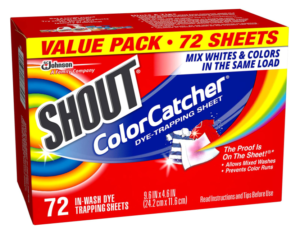
They look like a dryer sheet – but you put them in your washing machine with whatever it is you think will bleed. You can put it in with a mixed load of laundry and save your wardrobe – or put it in with some fabric you just bought to make a quilt – or maybe put it in with a quilt you just made that you didn’t pre-wash the fabric for. Anyway you use it, it will pick up any excess dye that releases from the fabric and floats around in your water to find an innocent white something that it can stick to. Well, the color catcher hero will pick up this excess dye before it ruins your tighty whities – or your 100 hour quilt!! As the box says, “The proof is on the sheet!” Yup, the sheet goes in white and comes out some other combination of colors – and hopefully you have averted disaster with the things you were washing.
NOTE: I always throw in a couple color catcher sheets when I wash a quilt for the first time – using COLD water. Heck, I throw one in every time I wash a quilt – always using COLD WATER!!
The next product I’d like to mention is for anyone who likes to purchase hand dyed fabric, or who always prewashes fabric before making a project.
“RETAYNE” by G&K Craft Industries Ltd. Is a “color fixative for commercially dyed cotton fabrics”.
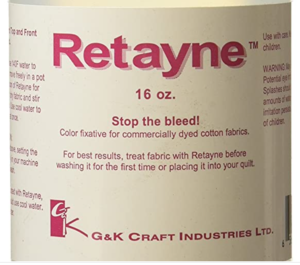
What this product does is set the dye into the fabric fibers so that it will not escape and disturb any of the other fabrics who are not paying attention behind their backs! You will want to use this to pre-wash your fabric BEFORE spending what seems like a lifetime turning it into a quilt.
Using Retayne requires a little more work. There are detailed instructions on the bottle for hand washing or machine washing with top or front loading machines. Basically you use 1400 water and add 1 teaspoon of Retayne for each yard of fabric in a 20 minute wash. This product does not work in energy-efficient top and front loading machines. Those washing machines do not supply enough water to properly treat your fabrics with the product, so you would need to follow the handwashing directions.
You can test your fabric before deciding to use Retayne. Do this by dampening a square of 100% cotton white muslin fabric and placing it on top of the fabric to be tested. Iron the fabrics together with a hot iron until dry. Inspect the muslin. If there is any sign of color transfer to the muslin, then you should treat your fabric with Retayne prior to using it in a project.
Finally, the last product I would like to mention is “SYNTHRAPOL” by G&K Craft Industries Ltd. This product is also a liquid that will be added to water when washing fabric or finished quilts or other projects.
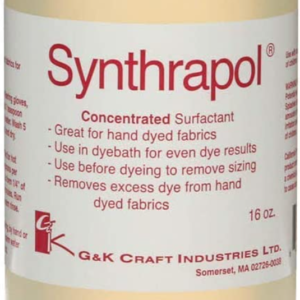
Synthrapol is actually a detergent that will suspend dye particles in the water so they won’t reattach to other fabrics. The hope is that these dye particle escapees will just wash away in the water without doing any unwanted bonding with the next door neighbors. Basically you use 1 teaspoon of Synthrapol per gallon of 1400 water before immersing your fabric or quilt. What this product is actually doing, is removing any excess dye from the fabric – so the fabric may look lighter in color after you have treated it with Synthrapol. Fabric dyers use it to remove sizing, oils, fingerprints, and other impurities that can interfere with the dying process. They sometimes then use it to wash their dyed fabric to remove and suspend excess dye particles to be washed away – and sometimes they don’t.
The bottom line is; when you are buying hand dyed fabric to use in your projects, you may want to pre-wash with Synthrapol – or Retayne to either wash away those extra dye particles, or try to set them in the fabric to retain the vibrant color you loved so much when you purchased the piece!
That’s the difference between Synthrapol and Retayne. The first one washes away the excess dye, and the last one tries to set it permanently into your fabric.
So to sum up.
- Color Catchers will help to keep your bleeding fabric from getting onto your innocent bystanding fabric in the laundry. It will suck up any excess dye particles from the laundry water.
- Retayne will set any excess dye into your fabric as long as you are using HOT water during the process and only using COLD to rinse it – and hang to dry. (After the fabric has been treated with Retayne and used in a project, subsequent washes should use cold or cool water – never hot)
- Synthrapol will wash away any excess dye in the hot water and keep it from bonding with other fabrics. Your fabrics may appear lighter in color after using Syntrapol.
- The key here is “heat”. Use it when using the above products, but make sure to hang dry or dry with no heat when you are done, and never use hot water again when laundering the project in the future!
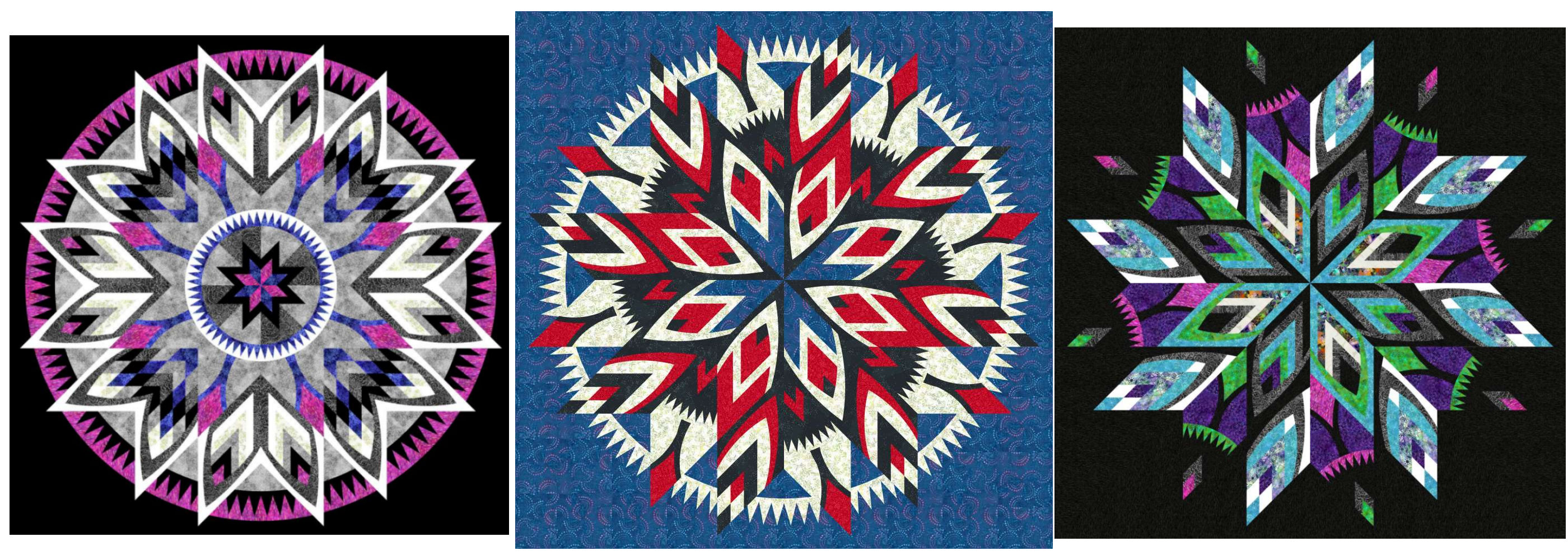
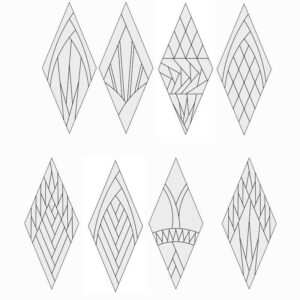
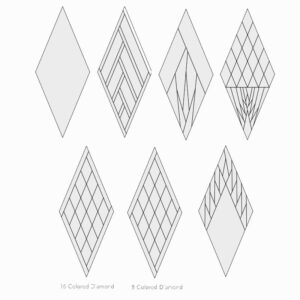




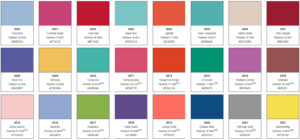
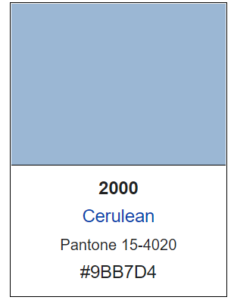
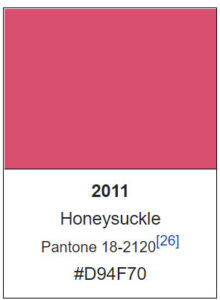
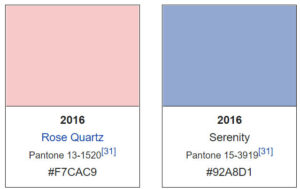
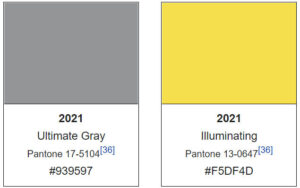
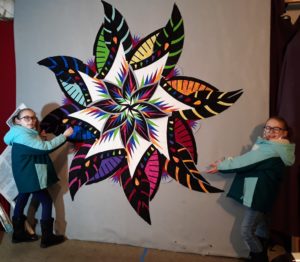 Click on this Coral Reef to see the kids in action! It was a great brain exercise in spatial relations and map reading to get it up on the board the right way. Are you a quilter with a couple kids who are at home with remote schooling? Having them quilt with you can be a great break from the zoom drudgery – yet still be a bit educational. 😉
Click on this Coral Reef to see the kids in action! It was a great brain exercise in spatial relations and map reading to get it up on the board the right way. Are you a quilter with a couple kids who are at home with remote schooling? Having them quilt with you can be a great break from the zoom drudgery – yet still be a bit educational. 😉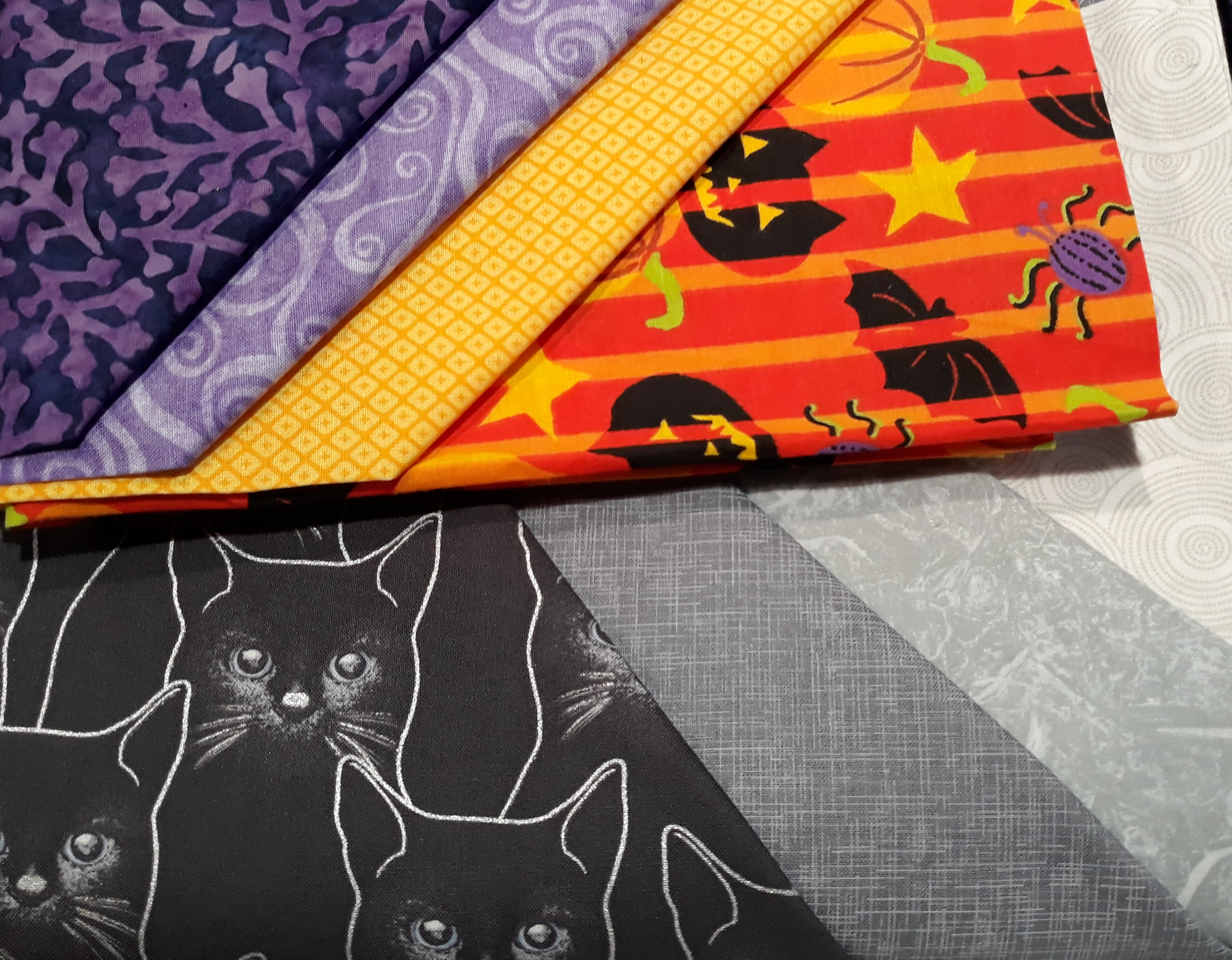

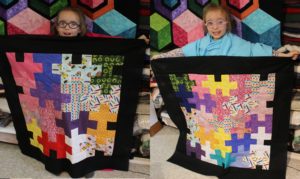
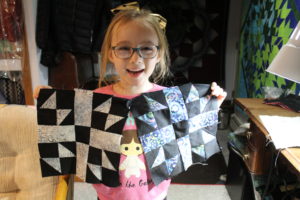
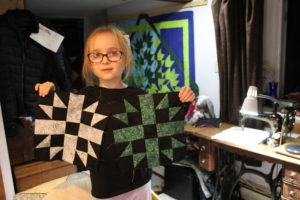
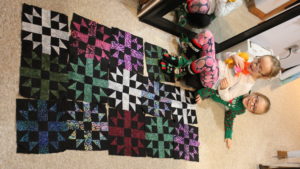 Here’s the first half of the quilt!
Here’s the first half of the quilt!
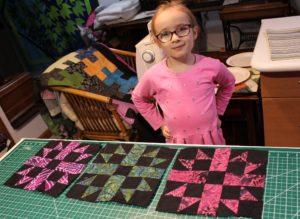
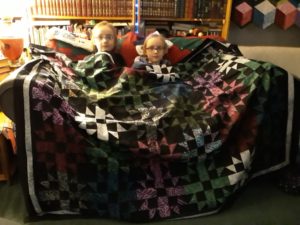 Borders are on and it’s ready for quilting!
Borders are on and it’s ready for quilting!